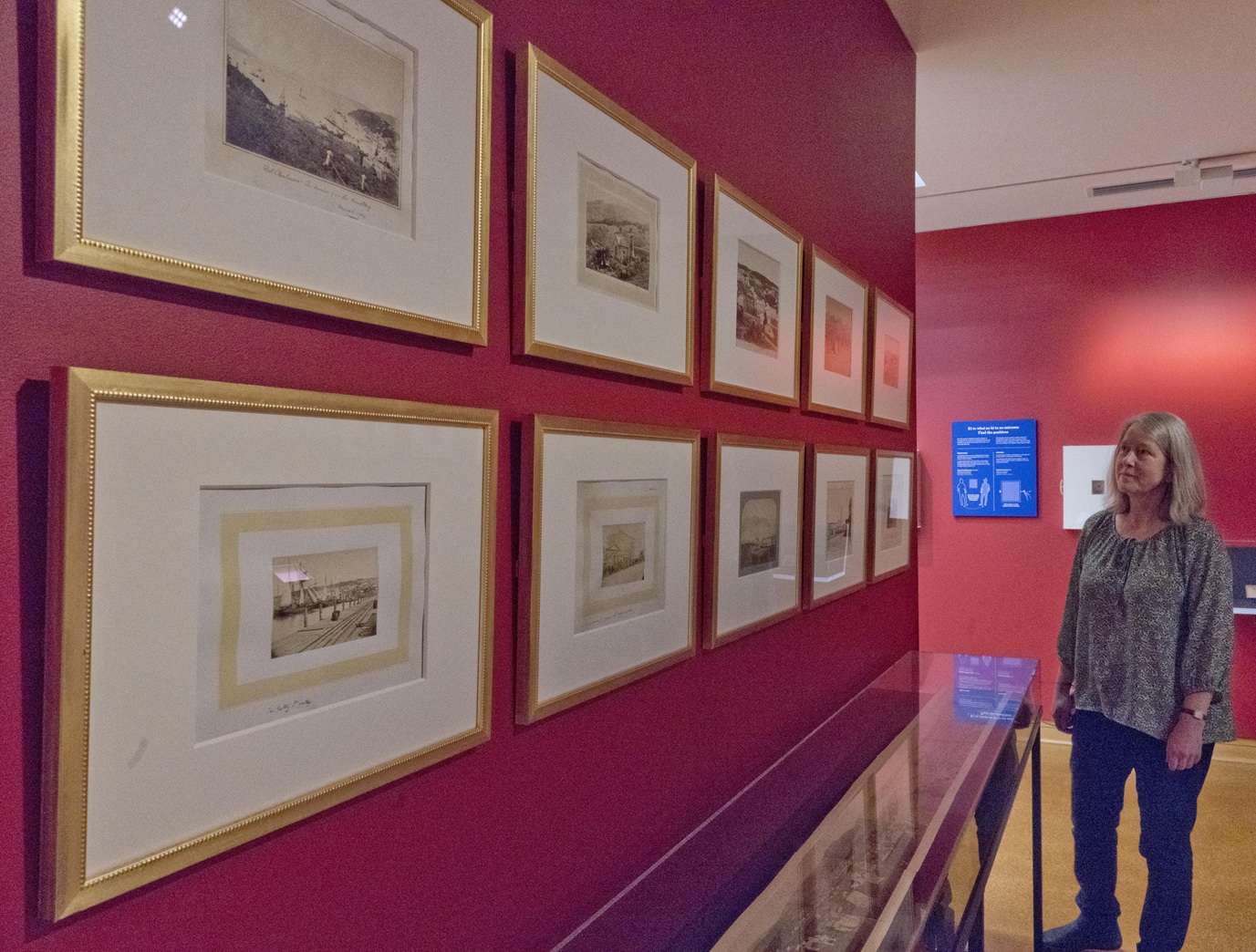
There are many different ways of looking at a photograph, Dr Anna Petersen says.
Historians are inclined to look at how they illustrate the time period, whereas others can appreciate the technical elements, or are interested in the aesthetics and different ways of framing an image.
Then, of course, there is the changing roster of people behind the camera.
"We’ve got photographs taken by a Māori minister, we’ve got photographs taken by women, we’ve got photographs by amateurs.
"We’ve tried to present quite a range."
The University of Otago — Ōtākou Whakaihu Waka will host "A Different Light: First Photographs of Aotearoa", on display at Hocken Collections Te Uare Taoka o Hākena from this Saturday.
The exhibition is a years-in-the-making collaboration between The Hocken, Tāmaki Paenga Hira Auckland War Memorial Museum and the Alexander Turnbull Library, National Library Te Puna Mātauranga o Aotearoa.
Curated by Shaun Higgins, Natalie Marshall and Dr Petersen, the Hocken’s photography curator, it presents a selection of some of the earliest photographs produced in Aotearoa, dating from the 1850s to 1900.
From the unique daguerreotypes made in the late 1840s to the widely shared cartes de visite of the 1860s and the emergence of amateur photography in the 1880s, they trace the rapid development of the technology.

The collaboration had been a "very big undertaking" and had taken a lot of resources.
"They are very fragile items which have needed to be conserved and need to be presented under conservation conditions.
"So the lighting’s quite low, but it also gives a beautiful kind of jewel-like quality to the exhibition."
The core exhibition features more than 100 photographs as well as a couple of cameras, and another 30 additional items had been contributed by the Hocken.
One Otago photograph that has been displayed throughout the exhibition’s tour is of a no longer existing rock formation in the Kawarau Gorge.
The natural bridge was used by early Māori as a crossing point en route to and from the West Coast and was also used by early European explorers and goldminers during the 1860s, Dr Petersen said.
The Natural Bridge on the Kawarau, by Joseph Perry, includes a small group of miners near the bottom of the frame with a couple of mānuka poles suspended a little way up.
"When the river was high, the miners would carry their provisions across by walking on the lower stick and holding on to the upper one."
It was commissioned by geologist James Hector as part of a photographic survey of Otago for display at the first New Zealand exhibition, held in Dunedin in 1865.
Dr T.M. Hocken was the only person to buy the complete set of 100 images taken by Perry, two of which are included in the exhibition.

"The photograph speaks of loyalty to the Crown as well as offering evidence of the state of the Octagon in the 1860s.
"Dunedin was referred to locally as ‘Mud-edin’."
A whole wall at the exhibition is devoted to Dunedin, with some photographs of Port Chalmers.
Dr Petersen says she hopes audiences walk away from the exhibition with an appreciation for the development of photography between 1848 and 1900, and how it contributed to the "colonial mission".
"One of the greatest things these early photographs can do for you is increase your appreciation of your surroundings.
"Dunedin has such a rich photographic heritage because of the period with the gold rush and the quality of the work that was being produced here.
"It’s an important aspect of our material heritage.
"People might go away with more of a sense of why we take the trouble at the Hocken and at the Turnbull and the Auckland Museum to preserve the originals."
TO SEE:
"A Different Light: First Photographs of Aotearoa". September 20 - February 7, 2026, Hocken Collections Te Uare Taoka o Hākena












